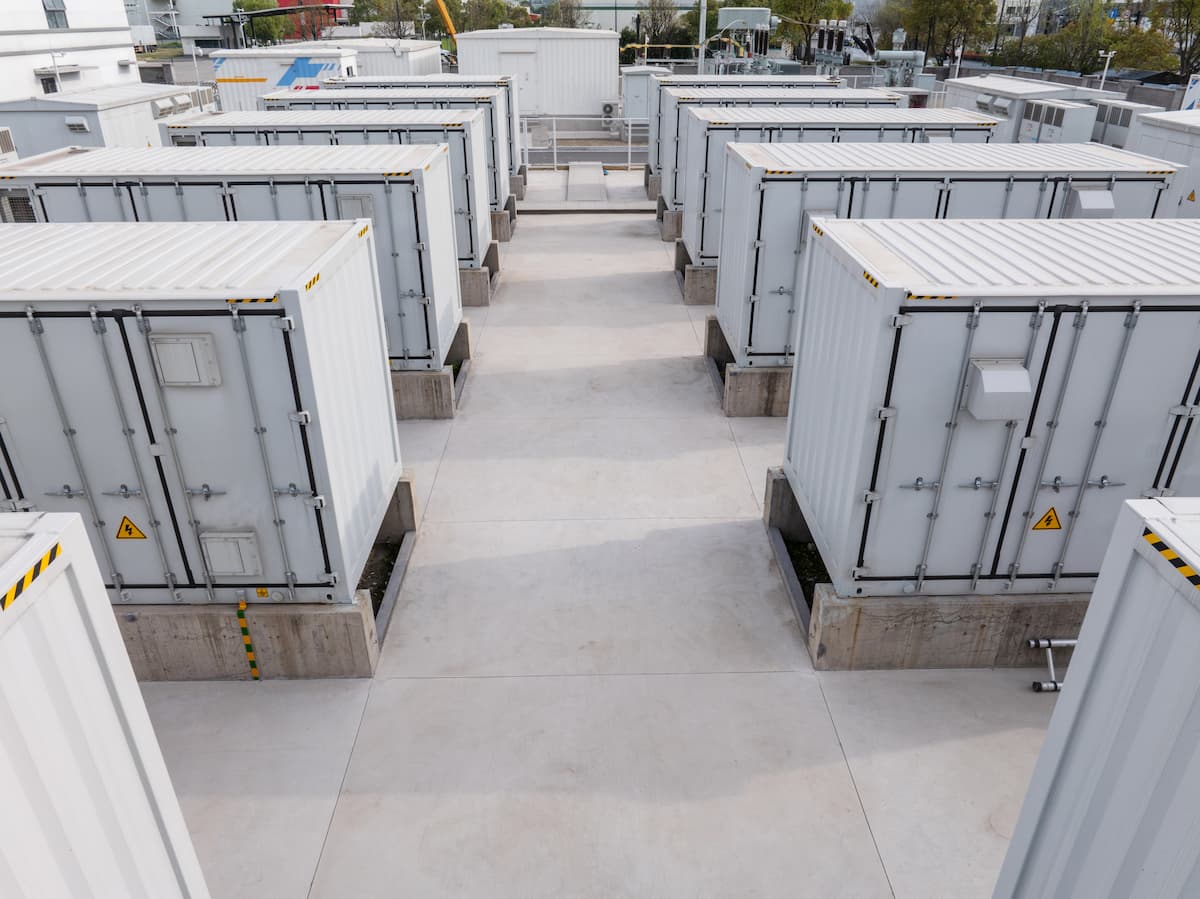Managing batteries site by site? You’re missing the bigger picture

Stay in touch
Subscribe to our newsletter for expert insights, company updates, and the latest in renewable energy management solutions.
In the past decade, clean energy companies have moved from managing just one or two small-scale battery energy storage systems (BESS) to overseeing fleets with dozens of assets. These fleets are spread out over different regions, connected to various markets, and operate under a mix of contracts. According to the International Energy Agency (IEA), utility-scale batteries now account for 65% of new storage installations, surpassing behind-the-meter systems.
Some batteries are paired with renewables like solar or wind. Others are grouped into virtual power plants (VPPs), which coordinate distributed assets to operate as a single resource in markets or grid services.
While these setups open the door to greater flexibility and revenue, they also make it painfully clear that site-by-site management no longer works.
The silent cost of managing in isolation
Portfolio growth means more moving parts, more data, and more ways for operational complexity to snowball. This is especially true for BESS assets, which generate roughly ten times more data points than solar or wind assets.
Managing each site individually means tracking performance manually, generating one-off reports, troubleshooting issues independently, and making decisions without understanding how they impact the rest of the fleet.
This can result in:
-
Duplicated effort — repeating the same processes for every site, vendor, or market.
-
Operating reactively — spotting problems only after they impact performance.
-
Missed standardization — inconsistent decision-making and lack of coordination across the fleet.
-
Lost revenue opportunities — unable to optimize capacity, contracts, or participation at a portfolio level.
What’s worse, these problems often compound silently. A single site’s inefficiency might seem minor, but multiplied across several assets, it can add up to significant lost value.
While factors like power purchase agreements (PPAs), regulatory requirements, and budget constraints influence how and when you transition to fleet-level management, as the fleet grows, site-by-site operations become increasingly inefficient and costly.
In a world where operators are trying to do more with less, this approach is not sustainable.
-1.jpg?width=1200&height=799&name=AdobeStock_691268270%20(3)-1.jpg)
You can’t scale what you can’t see
Hardware has advanced rapidly. Today’s batteries are smarter, larger, and capable of delivering a wider range of services. It’s the software that often lags behind.
Each battery comes with its own built-in monitoring software, and the capabilities and data formats can vary based on the manufacturer. If your portfolio includes assets from multiple vendors, those systems aren’t designed to share data seamlessly. The result is a patchwork of fragmented tools designed to optimize individual batteries, not the fleet as a whole.
Without a centralized, manufacturer-agnostic platform that uses standardized assumptions across all assets, operators are stuck managing inconsistent data, sifting through site-level reports, and struggling to make apples-to-apples comparisons.
And without that big picture view, decisions are made in silos, leading to missed opportunities, hidden issues, and underperforming fleets.
The fleet-level advantage
Forward-looking operators are shifting their mindset from site-level to fleet-level intelligence. By investing in software that provides centralized visibility and control, they can:
-
Remotely control and diagnose issues across the entire fleet in real time.
-
Use standardized KPIs to quickly identify underperforming sites.
-
Benchmark portfolios to align daily operations with strategic goals.
-
Coordinate hybrid sites and VPPs, optimizing assets across contracts, interconnections, and markets.
When you manage your BESS portfolio as an interconnected fleet instead of a collection of one-offs, you operate more strategically, respond faster, and make better decisions.
What modern fleet software should deliver
To scale your operations without scaling your workload or headcount, fleet software should enable you to:
-
Spot issues across the fleet instantly — know which sites are underperforming and why.
-
Standardize operations — ensure consistent decision-making across markets, vendors, and asset types.
-
Uncover actionable trends — move from chasing reports to identifying opportunities that drive performance.

Fleet Manager and Fleet Map views in Unity Central SCADA-EMS give operators a single window into their entire BESS portfolio, making it easy to spot issues, compare performance, and act across all assets
Work smarter, not harder
As your battery portfolio grows, complexity is inevitable, but chaos doesn't have to be. With the right software in place, you can manage your energy storage fleet with the same intelligence, efficiency, and strategy as any other high-value portfolio.
The Unity renewable energy suite (REMS) gives you the fleet-wide visibility, control, and automation needed to standardize operations, uncover opportunities, and act decisively across every asset.
The biggest gains come when you see the whole picture, not just one frame.






